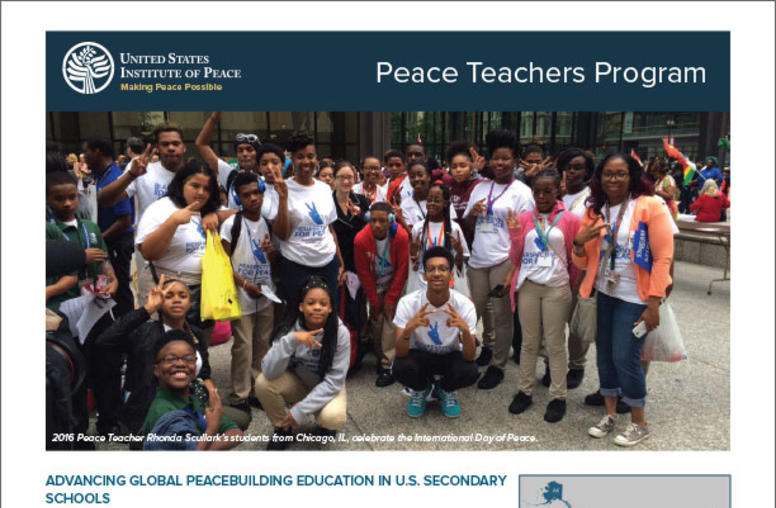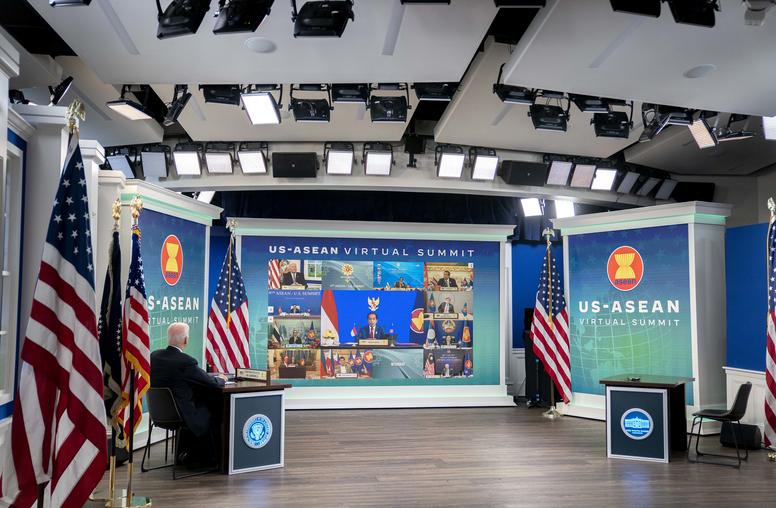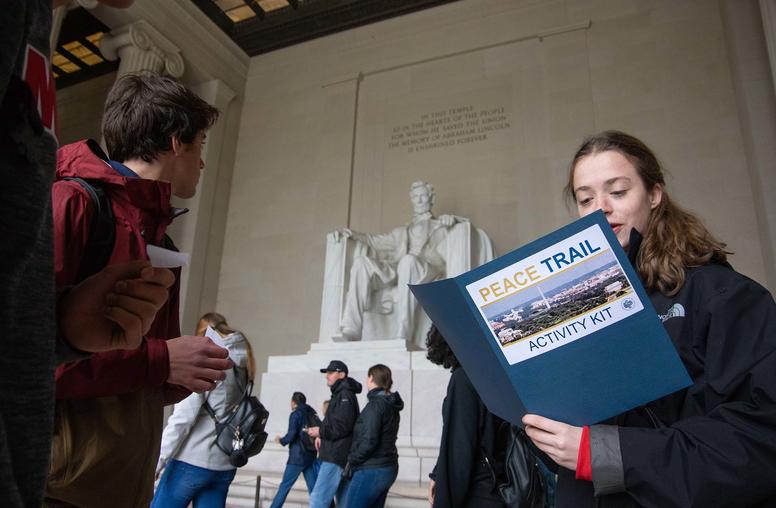U.S. Human Rights Policy toward Africa
The Human Rights Implementation Project of the U.S. Institute of Peace's Research and Studies Program has completed a series of country case studies on Africa. As part of a larger effort to examine U.S. foreign policy and its impact on human rights around the world, the project has critically examined the efficacy of policy to promote human rights in Rwanda, Kenya, and South Africa. The lessons learned from these three diverse cases will be instrumental in determining how best to formulate and implement U.S. human rights policy more generally.

Summary
- U.S. foreign policy toward Africa has been one of the most daunting challenges for policymakers in the past 25 years. Inconsistency in policy formulation and implementation has had a correspondingly inconsistent effect on human rights in the region. The cases of Rwanda, Kenya, and South Africa present three highly diverse contexts in which U.S. human rights policy has had varying degrees of success.
- There has been a distinction between cases where U.S. diplomacy on behalf of human rights has been intertwined with U.S. efforts to promote democratic transitions (Kenya and South Africa, for example) and cases where human rights issues were addressed or avoided because they stood starkly on their own (as the case of Rwanda illustrates).
- In Rwanda, the United States lacked the political will to formulate and coordinate a strategy that would end the mass killings that plagued the country. Drawing upon the lessons of Rwanda, could the U.S. government contribute to the prevention of a catastrophic failure in the future?
- U.S. policy for supporting transition to democracy and protecting human rights was clearly articulated in the 1990s but implemented on an inconsistent basis, as illustrated by the Kenyan case.
- In South Africa, policy objectives remained relatively constant (ending apartheid), but the tools used varied considerably, from constructive engagement in the early 1980s to the imposition of sanctions later in the decade. Economic pressure proved to be a particularly effective tool.
- While the United States has applied a variety of tools such as quiet representations of concern, public diplomacy, sanctions, aid packages, and the combination of these mechanisms to advance its human rights agenda, it has not applied its policy effectively nor has it always been explicit about what governments must do to protect and promote human rights.
- Formulating and implementing a strong human rights strategy requires the ability to meet short- and long-term objectives. Building a solid foundation for the protection of rights by helping to establish democratic institutions and the rule of law, and creating a space for civil society and a free media to flourish safely, are ways in which the United States can pursue its human rights goals.
- In order to craft a successful human rights policy and to implement it effectively, the United States must recognize that Africa's policy challenges (as in other parts of the world) are rooted in its highly dynamic and in some cases violent environment. Tenuous political systems, inter-ethnic conflicts, and humanitarian crises juxtaposed against resource-rich potential create the need for both short- and long-term approaches.
- The United States should articulate and promote clear and measurable goals; it must develop sufficient means with which to carry out these goals; and it must practice a flexible, well-coordinated, and well-implemented strategy in its objective of promoting human rights in the region.
About the Report
The Human Rights Implementation Project of the U.S. Institute of Peace's Research and Studies Program has completed a series of country case studies on Africa. As part of a larger effort to examine U.S. foreign policy and its impact on human rights around the world, the project has critically examined the efficacy of policy to promote human rights in Rwanda, Kenya, and South Africa. The lessons learned from these three diverse cases will be instrumental in determining how best to formulate and implement U.S. human rights policy more generally.
Alison Des Forges of Human Rights Watch, Joel D. Barkan of the University of Iowa, and Pauline H. Baker of the Fund for Peace authored the papers for the Rwanda, Kenya, and South Africa case studies, respectively. The project assembled distinguished policymakers, NGO representatives, academics, and other experts to evaluate U.S. policy in these countries and to help identify ways in which U.S. human rights policy can be improved. Written by program officer Debra Liang-Fenton, this report draws upon the three papers, and is intended to capture the main themes that emerged in the working group sessions.
The views expressed in this report do not necessarily reflect those of the United States Institute of Peace, which does not advocate specific policies.



